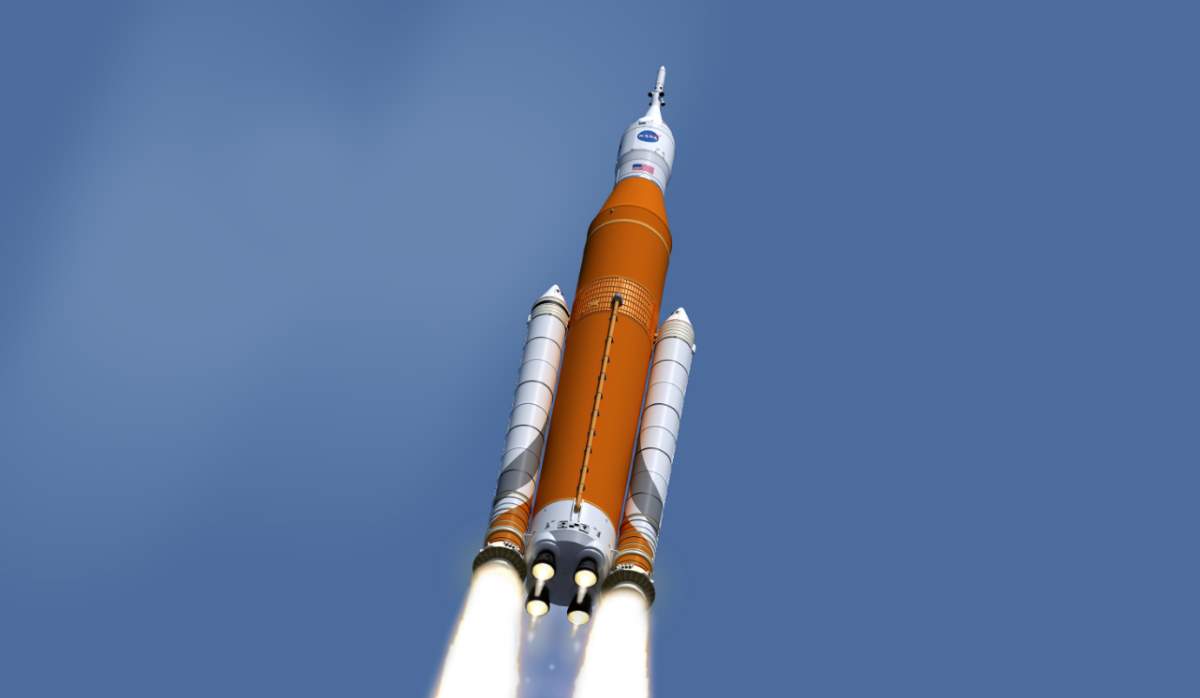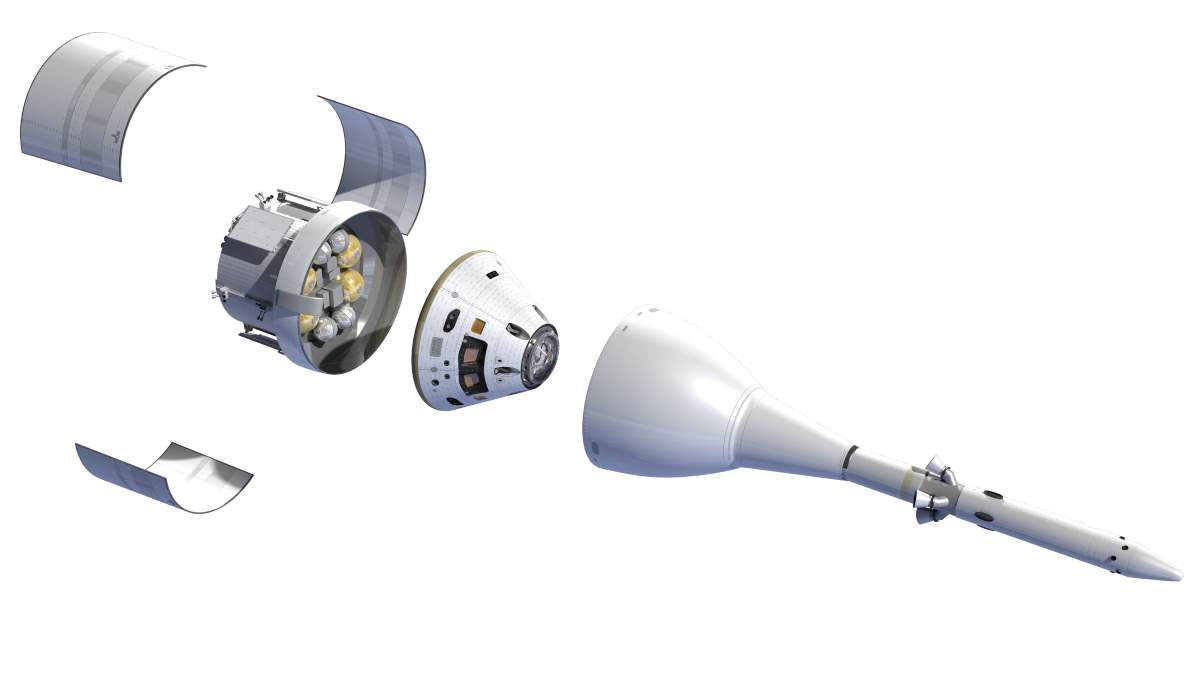Lockheed Martin, the American global aerospace, defense, security, and advanced technologies company has teamed up with NASA, to build the next generation spacecraft: the Orion, which is intended to carry a crew of four astronauts to destinations at low Earth orbit (LEO, see notes 1), or beyond, to Moon and even to Mars! Yesterday, the company published a video titled “Spotlight Space: How to Build a Spaceship”.
The Orion Spacecraft, under development by Lockheed Martin
The Orion spacecraft, or with its full official name, the Orion Multi-Purpose Crew Vehicle (Orion MPCV) is an American spacecraft intended to carry a crew of up to six astronauts to destinations at or beyond low Earth orbit (LEO). Currently, under development by NASA for launch on the Space Launch System (SLS), Orion is intended to facilitate human exploration of asteroids and of Mars and to retrieve crew or supplies from the International Space Station (ISS) if needed. It is similar to NASA’s Apollo capsule, which has carried astronauts to the moon in the 1960s and 1970s.
The Orion Spacecraft is made of three main sections:
- The service module, provided by the European Space Agency (ESA), fuels and propels the spacecraft. It is being built by Airbus Defence and Space.
- The crew module is the habitat for up to six astronauts. It is being built by Lockheed Martin at the Kennedy Space Center in Florida (the vehicle structure also known as the Orion Pressure Vessel was built at NASA’s Michoud assembly facility in New Orleans).
- The Launch Abort System jettisons away after Orion reaches orbit.
When returning from deep space, a spacecraft re-enters Earth’s atmosphere at a very high speed with high temperatures. A new heat shield will keep the astronauts safe as the crew module returns home. Orion will land in the ocean when it returns with its crew. NASA used lessons learned from Apollo and Space Shuttle parachutes to design the new Orion parachutes.
The updated parachutes will help Orion land safely in water as the vehicle returns from deep space. Orion will use modern technology in many other areas, such as computers, electronics, life-support systems, and propulsion systems.
The first mission to carry astronauts is not expected to take place until 2023 at the earliest, although NASA officials have said that their staff is working toward an “aggressive internal goal” of 2021.



Notes
- A Low Earth orbit (LEO) is an orbit around Earth with an altitude of 2,000 kilometers (1,200 mi) or less. For example, having an average altitude of about 400 kilometers (250 miles), the International Space Station is an LEO-object.
- Located on the east coast of Florida, the John F. Kennedy Space Center (KSC) is one of ten National Aeronautics and Space Administration field centers. Since December 1968, Kennedy Space Center has been NASA’s primary launch center of human spaceflight. Launch operations for the Apollo, Skylab, and Space Shuttle programs were carried out from Kennedy Space Center Launch Complex 39 and managed by the Kennedy Space Center. Now, the facility is leased and operated by Lockheed Martin for Orion spacecraft processing.
Sources
- Orion (spacecraft) on Wikipedia
- Orion Spacecraft on NASA.gov
- Low Earth orbit on Wikipedia
- Space Shuttle Endeavour’s Touchdown Meets Columbia’s Salute [An amazing photo from the past] - February 29, 2024
- Moon Landings: All-Time List [1966-2024] - February 23, 2024
- From Orbit to Ordinary: 10 Earthly Applications of Space Technology - January 23, 2024
